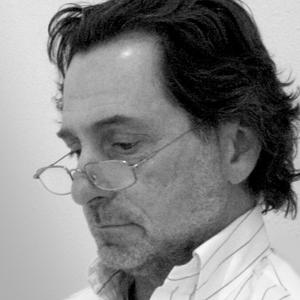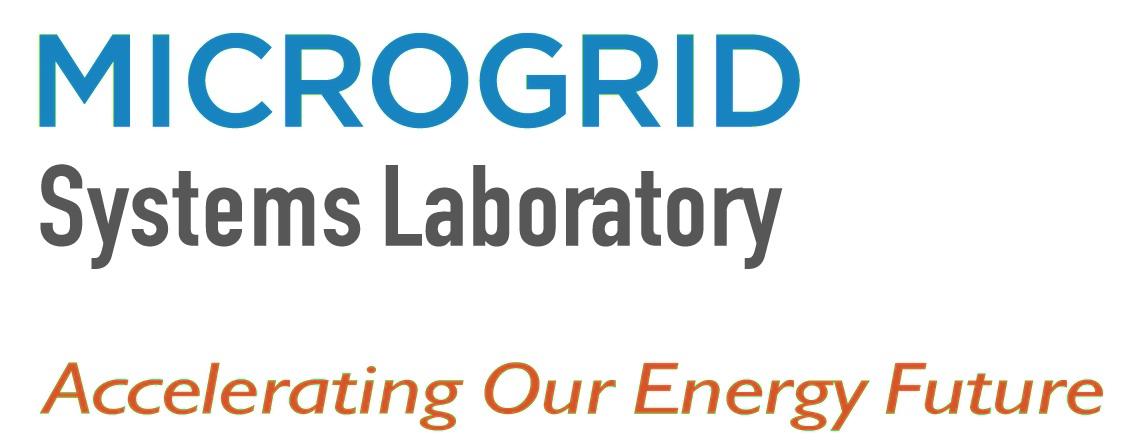The Future of Energy Is Decentralized
The Future of Energy is Decentralized
By David Breecker, Founder and Managing Director, Microgrid Systems Laboratory
Decentralization is a Dominant Trend
In every part of the world, from the industrialized to the emerging economies, energy systems are shifting from a highly centralized architecture (i.e., large generation plants, long transmission lines, and one-way flows of energy) to a decentralized, distributed network model. This model takes the form of microgrids (or “mini-grids” in Africa and Asia), small integrated systems capable of autonomous operation; and as Distributed Energy Resource Management Systems (DERMS) and Virtual Power Plants (VPPs), as ways of making the existing bulk power grid more flexible. Some compare this to the advent of “the internet of energy.”
In the industrialized world, the primary forces driving this trend are the need for greater resiliency in the face of extreme weather events (after the landfall of Superstorm Sandy most states are now more actively promoting microgrids, with Puerto Rico following suit in its recovery from Hurricane Maria) and cyberterrorism; and the need for greater sustainability, through integration of large amounts of distributed renewable energy (e.g., rooftop and community solar) and other Distributed Energy Resources (DERs). These rapidly proliferating DERs, such as residential battery storage, electric vehicles, and smart appliances, could overwhelm the centralized grid at scale due to the intermittency and complexity of their controls. The legacy bulk power grid is also ageing, with many components approaching or passing their scheduled service lifetime, which also diminishes reliability and resiliency.
In the developing world, an estimated 1.2 billion people have no access to electricity, and an equal number have inadequate access, with no economically viable energy substitute available. It will be difficult, if not impossible, to achieve the Sustainable Development Goals (SDGs) without much faster progress on SDG7 (“Ensure access to affordable, reliable, sustainable and modern energy for all”). But “with population growth forecast to exceed grid connection rates, the situation is expected to worsen before it improves” according to a recent World Economic Forum report. In this case, mini-grids are a primary solution (along with grid extension where feasible, and smaller Solar Home Energy Systems) to the urgent problem of “energy poverty,” while integrating large amounts of renewable energy so as not to increase greenhouse gas emissions in meeting these growing energy needs.
Accelerating the Transition
Over the course of the past 12 to 24 months, a number of interesting developments have lent momentum to the decentralizing trend. In the case of the emerging economies, the Microgrid Investment Accelerator was founded by Allotrope Partners and Facebook’s energy access program to invest directly in projects. Concurrently, Odyssey Energy Solutions created a data-driven marketplace platform to connect investors and microgrid developers, and aggregate project portfolios. And CrossBoundary Energy (part of the CrossBoundary Group) which provides financing for industrial-scale solar energy projects in Africa, started a Microgrid Innovation Lab to accelerate progress in that area. Most of these efforts include “blended capital” models that can integrate private, public, and social sector funding sources. Several international development agencies are focusing efforts and resources on mini-grids, including the World Bank, the U.K.’s Department for International Development, and PowerAfrica (a partnership with the U.S. Agency for International Development). Supporting those efforts, the Africa Mini-grid Developers Association (AMDA), representing most of the significant developers in sub-Saharan Africa, was formed with initial chapters in Kenya and Tanzania.
In the industrialized world, a heightened awareness of the challenges presented by the existing grid infrastructure can be seen in several related initiatives. The U.S. Department of Energy launched the Grid Modernization Laboratory Consortium and provided several hundred million dollars in funding for its initial research activities. In the policy and regulatory arena, initiatives in states such as New York (“Reforming the Energy Vision”) and Illinois (“NextGrid”) are designed to promote distributed energy systems and seed microgrid deployments, with public funding also deployed in New Jersey, Connecticut, and California. And as part of its hurricane recovery efforts, Puerto Rico is explicitly calling for a microgrid component in the rebuilding of its grid. Investor owned utilities such as Green Mountain Power in Vermont and municipal utilities like Austin Energy in Texas are also “pushing the envelope” in distributed energy resources and systems.
Bridging these two very different use cases, the Microgrid Systems Laboratory (MSL) was founded to accelerate the transition to more sustainable, resilient, and equitable energy systems worldwide, working across the areas of research, innovation, demonstration, and education. Its primary education partner, Santa Fe Community College in New Mexico, is creating the Microgrid Training Center and developing demonstration microgrids on campus, and several research and innovation programs are underway with university, national laboratory, and social sector partners.
Read the rest of David's blog, include the "Emerging Investment Opportunities" here - https://greenmoneyjournal.com/the-future-is-decentralized
===



